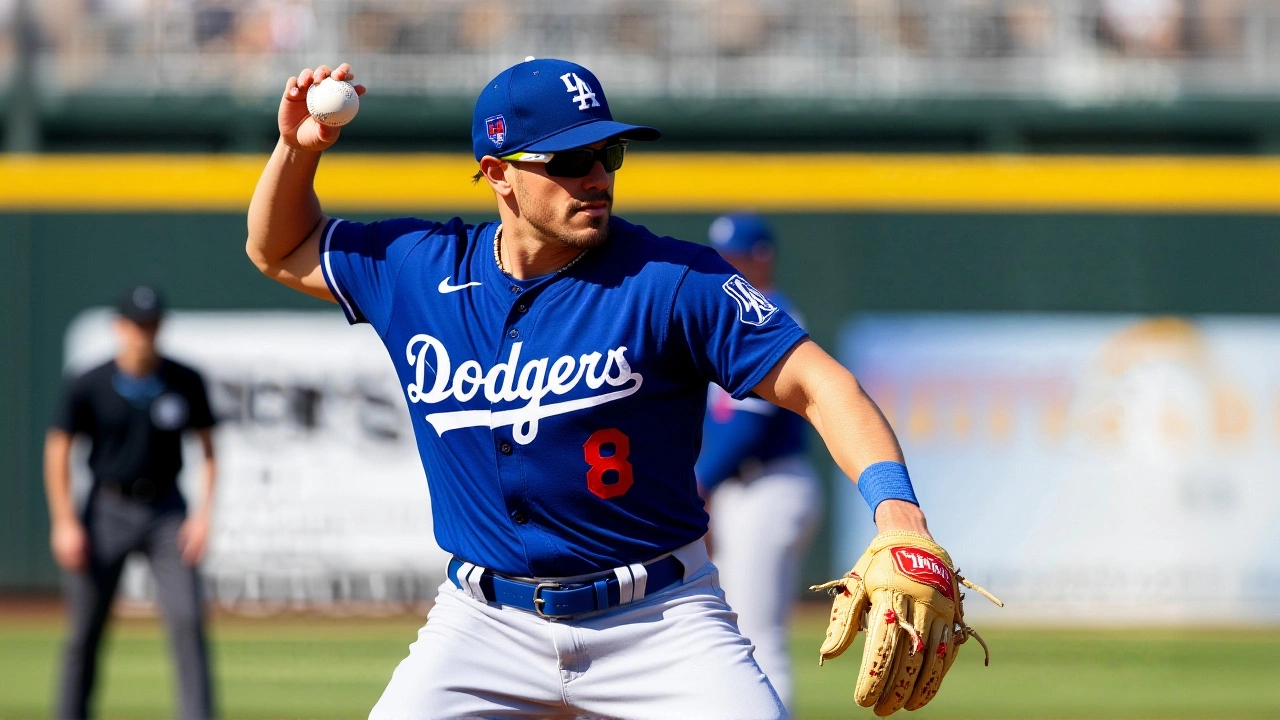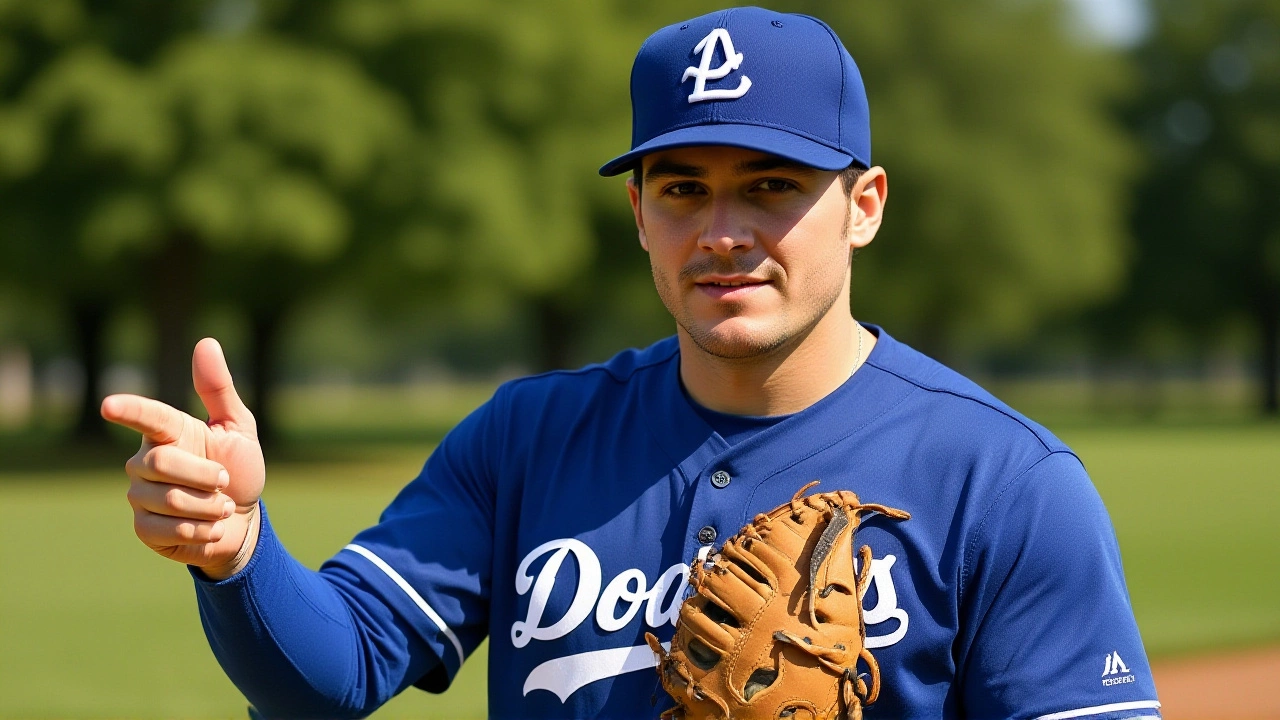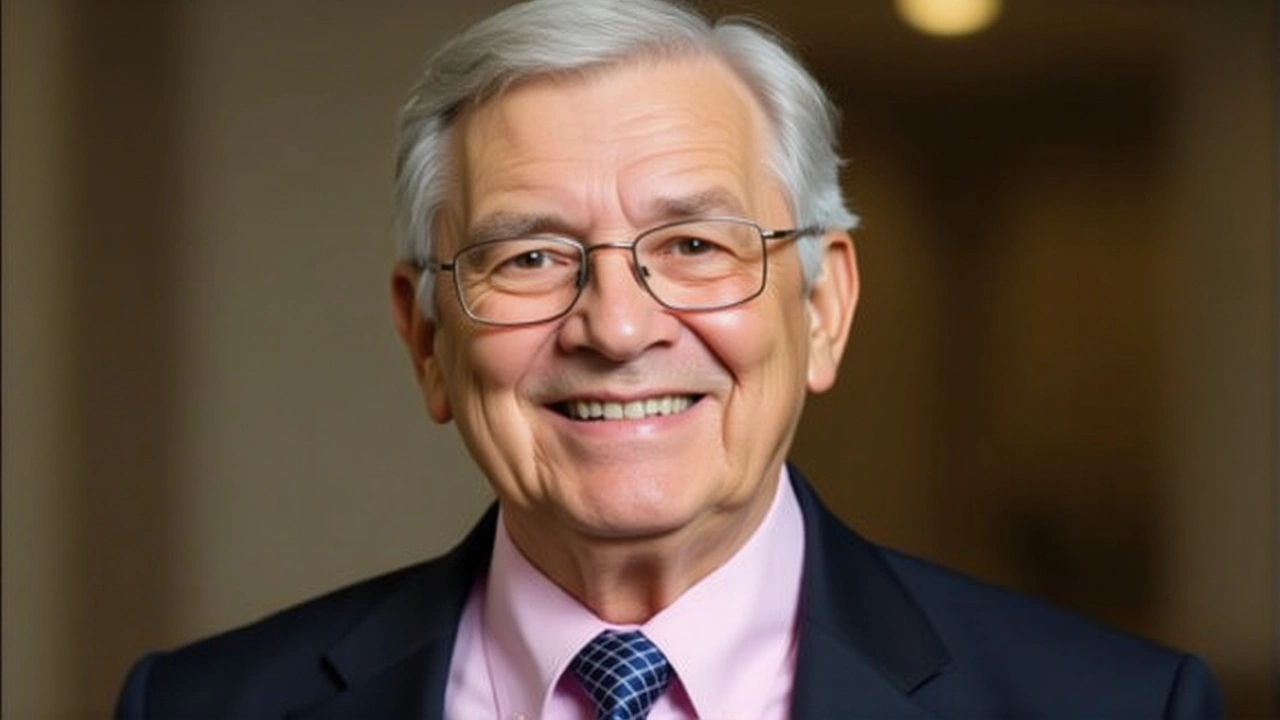Dr. Gustavo Enrique Hernandez, a beloved physician known to friends and family as "Gus," passed away peacefully on , surrounded by loved ones on St. Simons Island, Georgia. He was 90. His death marked the end of a 42-year medical career that began in Colombia and stretched across three U.S. states — a journey defined by quiet dedication, innovation in medical imaging, and a warmth that left lasting impressions on colleagues, patients, and friends alike.
A Life Rooted in Colombia, Built in America
Born on , in Barranquilla, Colombia, Gustavo was the third of six children raised by Heriberto Antonio Hernandez and Rosa Maria Castillo. His early years were steeped in the rhythm of a close-knit family — a foundation he carried with him when he left home at 28 to pursue medicine in the United States. He graduated from Javeriana Medical School in Bogotá with a focus on surgery, a path that would soon pivot.His arrival in the U.S. in 1962 wasn’t just a relocation — it was a reinvention. He enrolled at the University of Tennessee College of Medicine in Memphis, where he met Barbara Zazzi, a nursing student whose steady presence he later called "Divine Intervention." They married in 1965, a union that lasted 59 years until his death.
From Radiology Pioneer to Retired Mentor
After completing his radiology residency at Vanderbilt University in Nashville, Dr. Hernandez joined the faculty at the University of Kentucky in Lexington, where he and Barbara welcomed their two children, Jennifer and Greg. But it was in 1974, at age 39, that he made his most enduring professional mark.That year, the family moved to Kingsport, Tennessee, where Dr. Hernandez helped establish the Radiology Department at Indian Path Medical Center. At the time, medical imaging was undergoing a seismic shift — from film to digital, from static images to real-time diagnostics. He didn’t just adapt; he led. He trained junior staff, championed new equipment, and insisted on patient-centered care even as the field grew increasingly technical.
"He never lost sight of the person behind the scan," recalled a former colleague who asked to remain anonymous. "Even in the busiest days, he’d sit with families, explain results in plain language, and never rush them out. That’s rare in radiology."
He retired in 2004 at nearly 70, after 42 years of continuous practice — an unusually long career in medicine. But retirement didn’t mean slowing down. He and Barbara moved to St. Simons Island, where he took up painting, tended a small garden, and spent hours on the porch watching the tide roll in.

A Legacy of Joy and Quiet Influence
Those who knew him well remember his laugh — loud, sudden, and genuine. Stan Humphries, a longtime friend, wrote in a tribute on : "It was a pleasure knowing Barbara and Gus. Gus was always so cheerful and glad to see you. I’ll miss him."He was never one for grand gestures. No awards lined his walls. No headlines followed his name. But in the quiet corners of hospitals in Tennessee and Georgia, in the thanks of patients who remembered his calm voice, in the stories his children tell about how he taught them to fix things with patience — that’s where his legacy lives.
He outlived his parents and all five of his siblings: Aquileo, Alvaro, Julia, Gloria, and Heriberto Hernandez. He leaves behind his wife, Barbara Zazzi Hernandez; his children, Jennifer Hernandez and Greg Hernandez; grandchildren; and a community that still speaks his name with respect.
Why His Story Matters
Dr. Hernandez’s life reflects a generation of immigrant professionals who didn’t just adapt to America — they rebuilt its institutions from the inside. He came with little more than a medical degree and a determination to serve. He helped bring modern radiology to a small Tennessee town at a time when many rural hospitals still relied on outdated tech. His career wasn’t flashy, but it was foundational.Today, as healthcare systems struggle with burnout and depersonalization, his example feels more urgent than ever. He showed that excellence in medicine isn’t measured by titles or publications, but by presence — by showing up, day after day, with kindness.

What’s Next for the Hernandez Family
A private memorial service was held on , at Dignity Memorial in Brunswick, Georgia, serving the coastal region where the Hernandezes made their final home. The family has requested donations in his name to the Javeriana Medical School scholarship fund for Colombian students pursuing radiology abroad.Frequently Asked Questions
Where did Dr. Gustavo Hernandez practice medicine?
Dr. Hernandez practiced primarily at Indian Path Medical Center in Kingsport, Tennessee, after establishing its Radiology Department in 1974. Before that, he taught at the University of Kentucky and completed training at Vanderbilt University and the University of Tennessee. He retired in 2004 after 42 years of continuous medical practice across three states.
How did Dr. Hernandez meet his wife, Barbara?
He met Barbara Zazzi while studying at the University of Tennessee College of Medicine in Memphis in the early 1960s. She was a nursing student, and he often described their meeting as "Divine Intervention." They married in 1965 and remained inseparable for 59 years until his death, raising two children together and sharing a life defined by mutual respect and quiet devotion.
What was Dr. Hernandez’s role in advancing radiology in rural America?
At Indian Path Medical Center, he helped transition the department from analog film-based imaging to early digital systems in the 1980s. He personally trained new technicians and insisted on interpreting every scan himself, even as administrative pressures mounted. His hands-on approach improved diagnostic accuracy in a region with limited specialist access, making him a pillar of community healthcare.
Why is the Javeriana Medical School scholarship important to his family?
Dr. Hernandez credited his foundational training at Javeriana in Bogotá as the bedrock of his career. His family believes in paying forward the opportunity he was given. Donations to the scholarship fund will support Colombian students pursuing radiology abroad — mirroring his own journey from Barranquilla to the American medical system.
What made Dr. Hernandez stand out to his patients?
Unlike many radiologists who work behind the scenes, Dr. Hernandez made a point to meet patients and families personally. He explained complex imaging results in simple terms, often staying late to answer questions. One patient recalled him sitting on the edge of a hospital bed for 45 minutes after a cancer diagnosis — not just as a doctor, but as a human being offering comfort.
Did Dr. Hernandez have any hobbies after retirement?
Yes. On St. Simons Island, he painted watercolors of the marshes and oyster beds, often giving his works away as gifts. He also grew tomatoes and peppers in his backyard, sharing harvests with neighbors. Friends say his greatest joy after retirement was watching the sunrise from his porch with Barbara, sipping coffee and talking about nothing — and everything.
